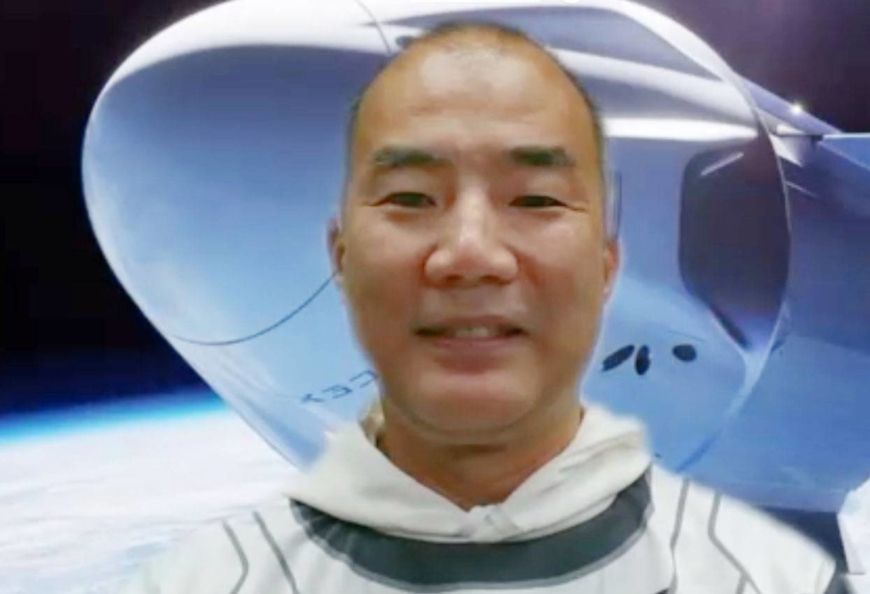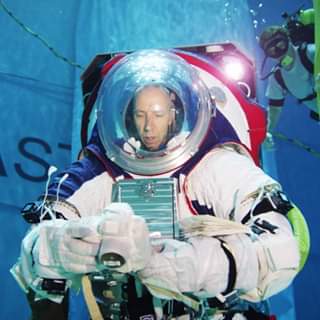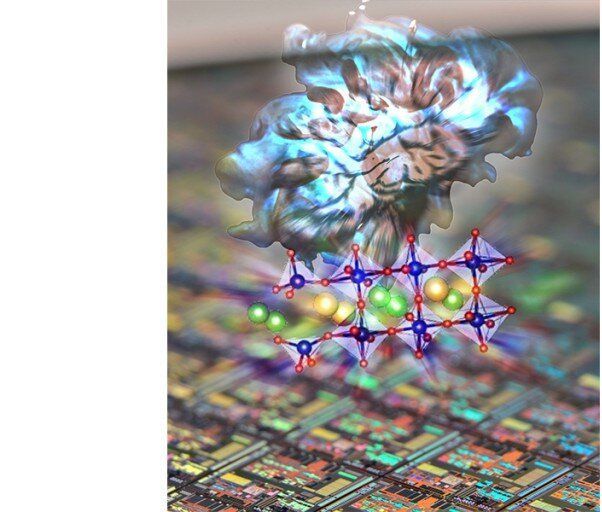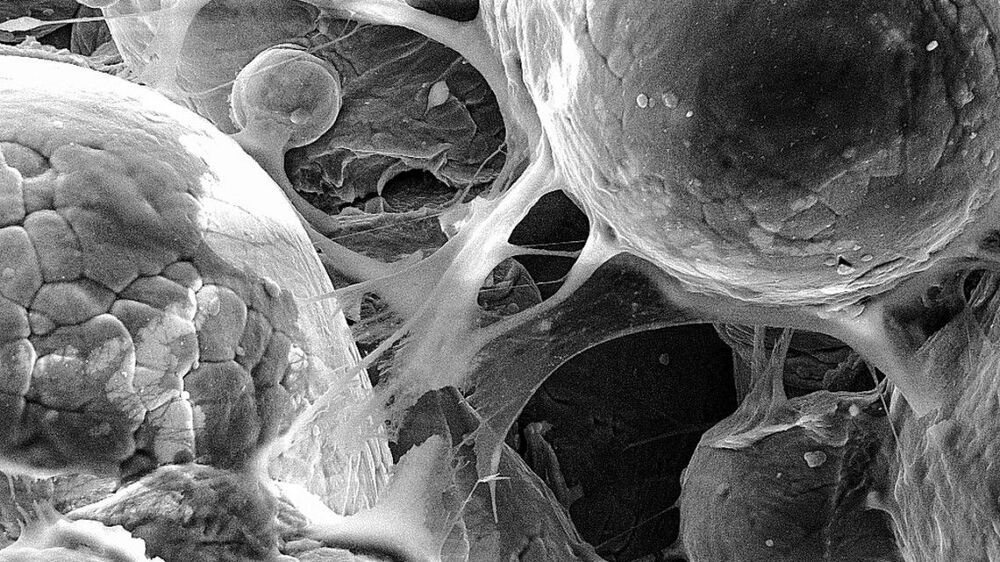The final €85 billion budget is €1.5 billion more than first proposed by the European Commission in 2018, but €5 billion is reserved for applied research and support for small tech firms under a postpandemic recovery fund. The remaining budget is a little larger than the current program, Horizon 2020, but European agencies receive less in the early years of a 7-year budget. That means basic science organs such as the European Research Council (ERC) could have less money in 2021 than in 2020, depending on further negotiations over the budget breakdown, to be held in the coming weeks.
European Parliament wins concessions to bring Horizon Europe budget to €85 billion—but research advocates remain unimpressed.








